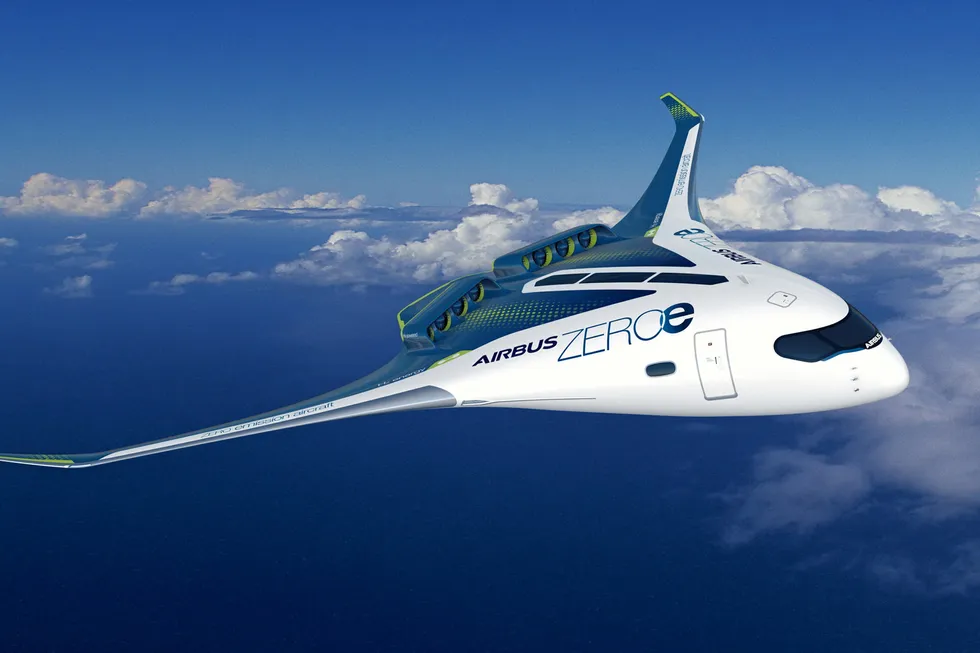Global aviation industry projected to need 120 million tonnes of clean hydrogen a year by 2050: IATA
But only 20 million tonnes of that would be used for hydrogen-powered aircraft — if they enter service by 2035 — says International Air Transport Association
